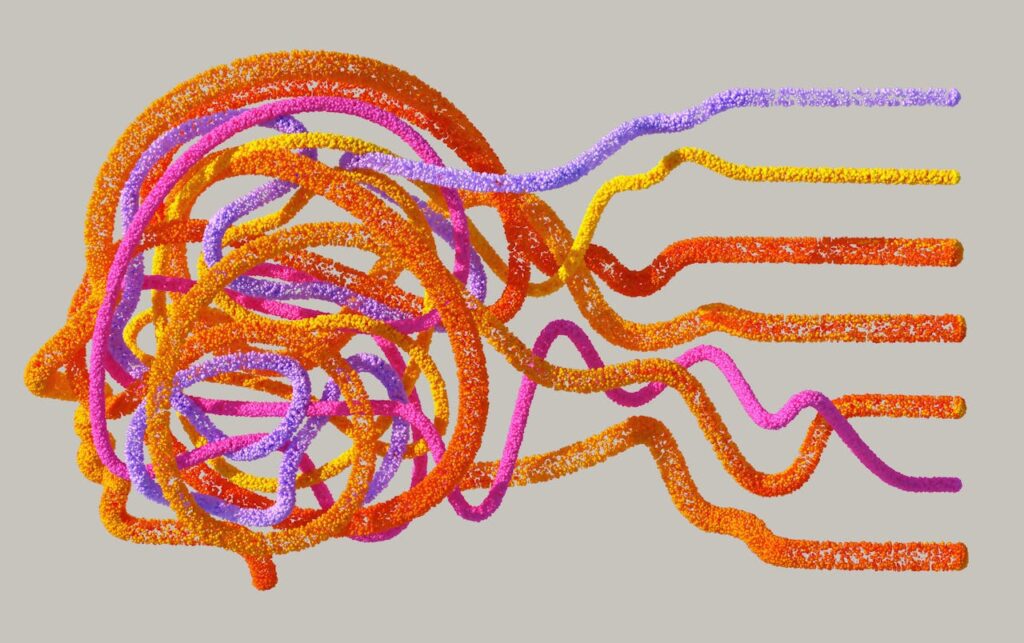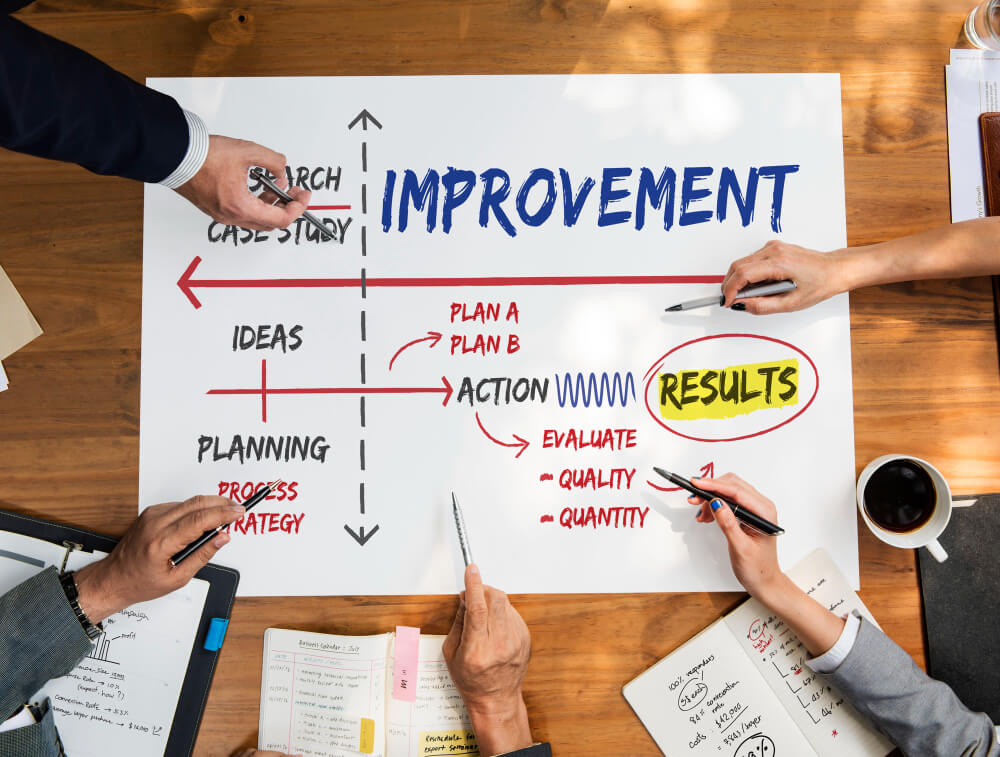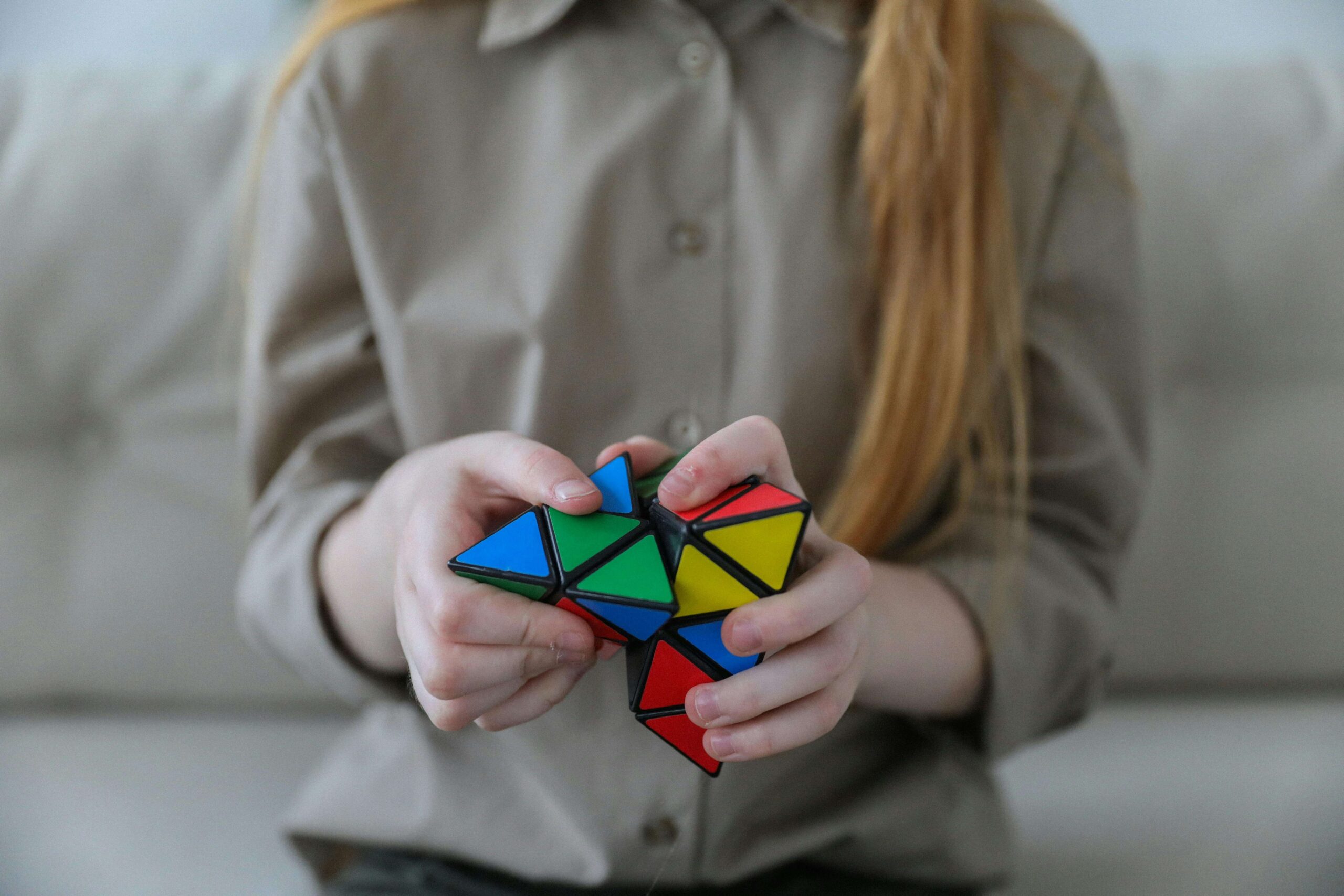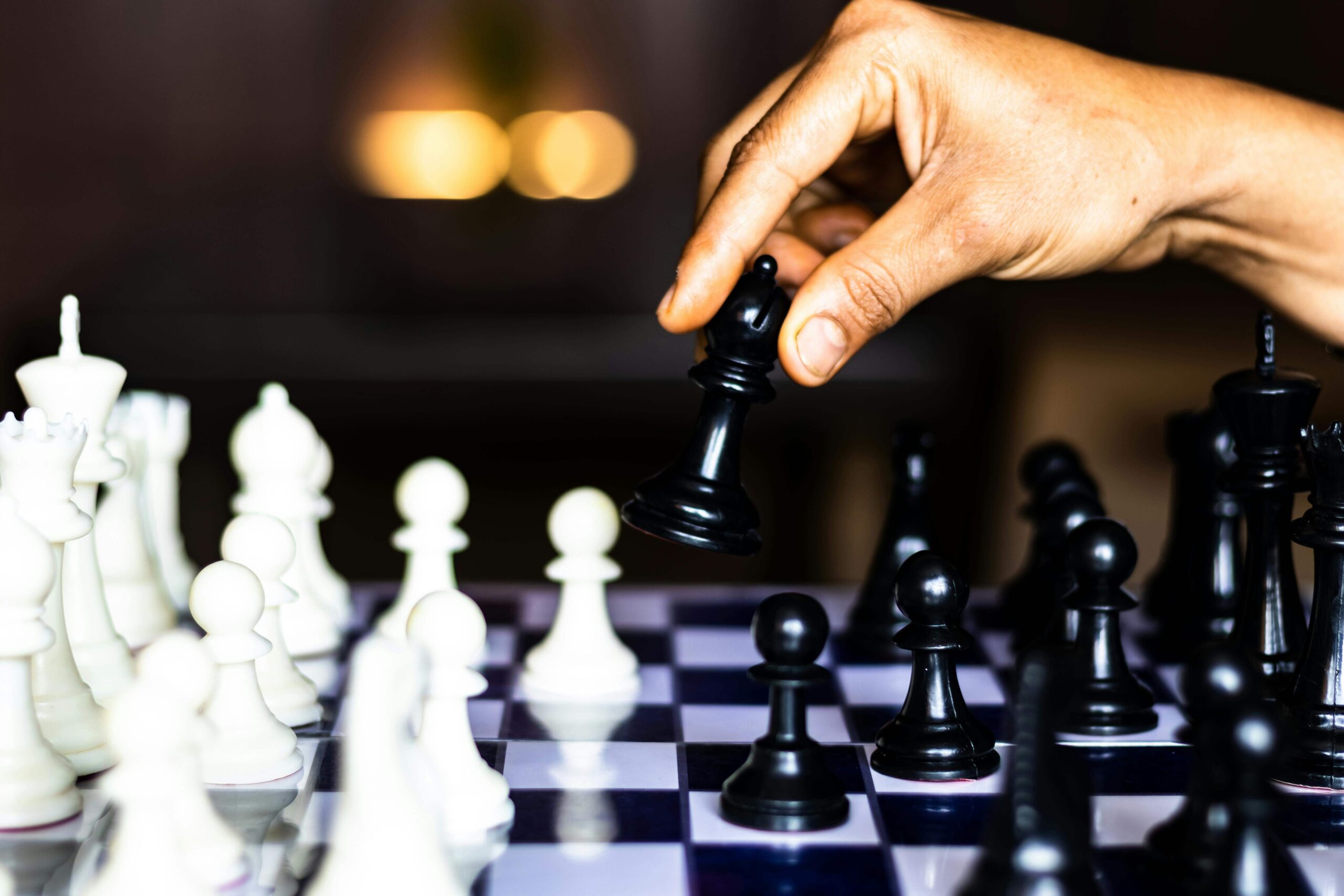
Table of Contents
Introduction
Top Memory Improvement Techniques forms the foundation of our day-to-day existence, governing the manner in which we learn, communicate, and exist on this planet.
From remembering a friend’s birthday to mastering a new skill, memory plays a significant role in our daily and working life, influencing not just personal relationships but also professional success and overall cognitive health.
However, in the fast-paced world we inhabit today, numerous individuals are grappling with memory recall and retention issues, often attributed to the overwhelming influx of information and constant distractions that characterize modern living.
This growing concern has prompted a rising desire to adopt efficient memory enhancement methods that can help individuals reclaim their cognitive abilities and improve their quality of life
Among these Memory Improvement Techniques, visualization methods of memory have been recognized as especially powerful tools. They leverage the brain’s inherent preference for images, tapping into our natural tendencies to think in pictures rather than words, thereby significantly boosting our mental capabilities.
By unlocking the potential of visualization, people can not only enhance their memory but also cultivate a deeper understanding of the information they are trying to retain, making learning a more engaging and effective process. In a world where the ability to remember and apply knowledge is increasingly essential, embracing such methods can lead to profound improvements in both personal and professional realms.
How Memory Works and Understanding Memory
To appreciate the effectiveness of various memory improvement methods, one must first grasp how memory functions at its core. Memory can be divided into three broad categories, each playing a unique role in the complex tapestry of human cognition:
Sensory Memory
This is the initial stage of memory, where sensory information is stored for a fleeting moment, usually less than one second. Acting as a buffer for sensory stimuli, sensory memory allows us to momentarily hold onto the overwhelming amount of information that bombards us through sight, sound, touch, taste, and smell.
For instance, when we walk into a bakery, the aroma of fresh bread, the visual display of pastries, and the soft sounds of customers interacting all create a sensory experience that lingers just long enough for us to process it. This brief yet crucial stage of memory serves as the gateway to further cognitive processing, filtering what is deemed essential for deeper encoding.
Short-Term Memory (STM)
Commonly referred to as working memory, STM temporarily stores information for a brief period, typically 20 to 30 seconds. This form of memory enables us to manipulate and play with information in real-time, such as recalling a phone number just long enough to dial it or remembering a grocery list while shopping.
STM acts as a mental workspace, where we can hold and process information, but it is limited in capacity, often allowing us to retain around seven items, plus or minus two. The dynamic nature of STM is crucial for everyday tasks, allowing us to navigate our environment and make decisions based on current information.
Long-Term Memory (LTM)
Information deemed important is transferred from STM to LTM, where it can be stored for extended periods, ranging from days to a lifetime. Long-term memory encompasses several subtypes, including declarative memory (which includes factual information and personal experiences) and procedural memory (which relates to skills and tasks that we perform automatically).
This vast reservoir of knowledge and experiences forms the basis of our identity and influences our decision-making, problem-solving, and emotional responses. The ability to retrieve information from LTM is critical for learning, as it allows us to build upon existing knowledge and make connections that deepen our understanding.
The intricate process of creating memories is grounded in three fundamental actions: encoding (the transformation of information into a format that can be stored), storage (the maintenance of encoded information), and retrieval (the ability to access and utilize stored information as needed).
Any inefficiencies or malfunctions in these processes can lead to various memory problems, emphasizing the significance of understanding and nurturing our cognitive abilities.
By delving deeper into the mechanics of memory, individuals can identify strategies to enhance their cognitive performance and mitigate the effects of memory decline. Recognizing the intricacies of how memory works serves as the first step toward implementing effective memory improvement techniques.
The Science of Visualization and Memory Improvement
Visualization, or the act of creating mental pictures, takes advantage of the brain’s natural preference for visual information. An abundance of research indicates that our brains process visual information far more effectively than written or auditory information.
This preference for visual stimuli is deeply rooted in evolutionary biology, as early humans relied heavily on visual cues to navigate their environments, identify dangers, and communicate.

Our brain’s capacity to process visual information is astonishing; studies suggest that visuals can be processed in as little as 13 milliseconds, highlighting the efficiency with which we can encode and recall images. This remarkable speed of processing underscores the potential of incorporating visualization techniques into our memory enhancement toolkit.
When we engage in visualization, various regions of the brain are activated, including those associated with perception, attention, and even motor control. This multisensory activation fortifies the connections between neural cells, making it easier to encode and retrieve information.
Remarkably, studies have found that individuals who employ visualization techniques for memory recall outperform their peers who do not utilize these strategies, underscoring the power of imagery in enhancing cognitive performance.
The use of visualization not only aids memory recall but also fosters creativity and problem-solving abilities, as it encourages individuals to think outside the box and explore new connections between ideas. By tapping into the brain’s natural strengths, visualization serves as a bridge to unlocking our full cognitive potential.
Top Memory Improvement Techniques
Improving memory is a multifaceted endeavor that involves a blend of techniques targeting various aspects of mental ability. Some of the most effective methods include:

Mnemonic Devices
These are memory aids that create links between new information and familiar patterns, ideas, or shapes. Examples include acronyms (such as “HOMES” for the Great Lakes: Huron, Ontario, Michigan, Erie, Superior) and rhymes (like the classic “i before e except after c”).
By utilizing mnemonic devices, learners can transform complex information into more digestible and memorable formats. These clever tricks not only make learning more enjoyable but also facilitate the retention of information that might otherwise be challenging to recall.
Chunking
This technique involves breaking down large pieces of information into smaller, more manageable chunks. For example, remembering a 10-digit phone number becomes easier when divided into three discrete sections (123-456-7890).
This method not only aids recall but also reduces cognitive load, allowing individuals to focus on fewer items at a time. By grouping related information, chunking helps streamline the memory process, enabling quicker retrieval and enhancing overall efficiency.
Spaced Repetition
This method consists of repeating material at increasingly wider intervals, which solidifies memory and enhances long-term retention.
It serves as the foundation for popular flashcard software and many language learning programs. By spacing out repetitions, learners can take advantage of the psychological spacing effect, which optimizes retention by preventing cramming and promoting deeper learning. This technique not only helps individuals retain information over longer periods but also encourages a more profound understanding of the material.
Elaborative Rehearsal
This strategy focuses on connecting new information to existing knowledge, making it more meaningful and easier to recall. For instance, associating new content with past experiences can significantly improve memory retention.
This technique enhances understanding by forming a network of related ideas, which facilitates retrieval when needed. By intertwining new knowledge with prior experiences, learners can create a more robust framework for understanding and remembering information.
Lifestyle Factors
Physical health has a direct impact on cognitive function. Regular exercise enhances blood circulation to the brain, which in turn boosts memory. Moreover, adequate sleep, a balanced diet rich in omega-3 fatty acids, and effective stress management techniques contribute to sustaining and reinforcing memory capabilities.
Engaging in activities that promote mental wellness, such as mindfulness practices and social interactions, can also positively influence memory. By cultivating a holistic approach to cognitive health, individuals can create an environment conducive to optimal memory function.
Visualization Methods for Memory Enhancement
Visualization methods effectively transform abstract information into vivid mental images, capitalizing on the brain’s preference for pictures. Some of the most effective visualization-based techniques for memory enhancement include:
Method of Loci (Memory Palace)
This ancient technique associates facts with specific locations within a familiar environment. By mentally traversing this “memory palace,” individuals can recall information linked to each location, making it a powerful tool for memorization.
This method not only facilitates recall but also helps individuals organize information spatially, enhancing their cognitive mapping abilities. As one mentally walks through the memory palace, it becomes easier to retrieve the stored information associated with each room or landmark, creating a dynamic and interactive way to remember.
Visualization and Association:
This method involves creating evocative mental images to connect disparate ideas. For example, one might visualize a bright red apple that is firm to the touch and emits a strong aroma to help remember the word “apple.” By creating strong sensory associations, learners can enhance the vividness of their memories, making them easier to retrieve.
This technique can be employed across various subjects, allowing individuals to build intricate networks of associations that enrich their understanding and retention of information.
Mind Mapping
This technique visually organizes information to illustrate the relationships between concepts. Lines radiate outward from a central idea to associated topics, creating a hierarchical structure that mirrors the brain’s natural way of organizing information.
Mind maps not only facilitate memory but also promote creativity by allowing individuals to see connections between ideas that may not be immediately apparent. By engaging with information in a visual and interactive manner, learners can foster deeper insights and create a more comprehensive understanding of complex subjects.
Storytelling
Embedding facts within a narrative context makes them more memorable. By situating information within a story, temporal and contextual factors serve to reinforce memory, enhancing both recall and understanding. This technique engages the imagination and emotions, making the information more relevant and personal to the learner. Storytelling not only aids in memory retention but also encourages individuals to think critically about the information they are learning, fostering a more profound engagement with the material.
Practical Applications of Visualization Techniques
Visualization techniques for memory are versatile and can be applied across various fields, significantly benefiting both personal and professional domains:
Learning New Languages
Associating new vocabulary words with mental images can aid in retention. For instance, to remember the Spanish word “caballo” (horse), one might visualize a horse standing proudly in a barn, creating a vivid connection that enhances recall. This approach not only helps learners remember words but also makes language acquisition a more enjoyable experience.
The use of visualization can turn language learning into an imaginative journey, making it easier to grasp nuances and cultural contexts.
Preparation for Exams
Utilizing visual materials such as diagrams, charts, and mind maps can help structure and memorize complex information. Creating a mental image of course material can substantially improve comprehension and retention, making study sessions more effective.
Visualization techniques and Memory Improvement Techniques can also reduce test anxiety by providing students with a clear mental framework for the material. By visualizing the content, students can approach exams with greater confidence and clarity, leading to improved performance.
Professional Settings
Visualization techniques can enhance presentations and speeches. By associating key points with specific images, speakers can recall their material more seamlessly and engage their audience more effectively, leading to more impactful communication. Furthermore, visualization can assist in strategic planning and problem-solving, allowing professionals to visualize potential outcomes and pathways.
By employing visualization in professional scenarios, individuals can enhance their creativity and make informed decisions based on a clear mental picture of the situation.
Tips for Integrating Visualization into Everyday Life
Incorporating visualization techniques and Memory Improvement Techniques into daily routines can significantly improve memory recall and mental clarity. Here are some simple steps to seamlessly integrate these methods into everyday life:
Begin with Simple Exercises
Start by Memory Improvement Techniques and visualizing everyday objects or activities. For instance, if you need to remember to buy milk, picture a milk carton clearly in your mind. This straightforward exercise can help condition your brain to form clear mental images, improving your recall ability.
Gradually increase the complexity of the images you visualize as you become more comfortable with the practice. As you train your brain to create vivid visuals, you will find it increasingly easy to recall information when needed.
Gradually Apply Visualization to More Complex Information
Once you feel comfortable with basic Memory Improvement Techniques and visualization exercises, begin applying them to more intricate pieces of information. For instance, when trying to remember a list of items, create a mental scene that weaves them together in a narrative or associates them with familiar locations.
This exercise, known as the “method of loci” or “memory palace,” is one of the most potent visualization techniques for memory enhancement, allowing for robust memory retention through spatial association. By applying visualization Memory Improvement Techniques to more complex tasks, you can further enhance your mental agility and cognitive flexibility.
Practice Daily
Consistent practice is Memory Improvement Techniques vital for improvement in any skill. Set aside a few minutes each day for visualization exercises. With regular practice, you will likely notice significant enhancements in your memory and cognitive abilities over time.
Consider incorporating visualization into daily routines, such as when planning your day or reflecting on experiences, to make it a natural part of your life. By establishing Memory Improvement Techniques a habit of visualization, you can foster a lifelong skill that enriches your cognitive toolkit.
Common Problems and How to Deal with Them
While visualization techniques for memory can be highly effective Memory Improvement Techniques, some individuals may encounter challenges when employing them. Identifying and addressing these issues can lead to more successful outcomes:
Difficulty with Vivid Mental Images
Some people may struggle to create vivid mental pictures. To overcome this, begin with familiar scenes or objects, gradually increasing Memory Improvement Techniques complexity as your visualization ability improves. Engaging multiple senses—such as imagining the scent, texture, or sound of the object—can also intensify the clarity of your mental images.
Practicing mindfulness or meditation can further enhance your ability to visualize by training your mind to focus and relax. By nurturing your visualization skills, you can develop a more robust capacity for memory recall.
Overcoming Effectiveness Skepticism
Skepticism regarding the efficacy of visualization Memory Improvement Techniques techniques can undermine their use. To combat this, educate yourself by reading scientific research and case studies that demonstrate the effectiveness of these methods.
For instance, studies have shown that mental rehearsal activates the same neural pathways as actual practice, enhancing both performance and memory retention. Connecting with a community or group that practices visualization & Memory Improvement Techniques can also provide encouragement and motivation. By surrounding yourself with supportive individuals, you can cultivate a positive mindset and reinforce your commitment to using visualization techniques.
Inconsistency in Practice
Inconsistent practice can hinder progress. Establishing a routine with specific goals can help maintain regularity. Incorporating visualization exercises into everyday activities, such as during your commute or before bedtime, can further enhance consistency and make practice a seamless part of your life.
Tracking your progress and celebrating small victories can also foster motivation and commitment to your visualization practice. By holding yourself accountable and recognizing your achievements, you can build Memory Improvement Techniques momentum in your journey toward improved memory.
Conclusion
Memory Improvement Techniques, particularly visualization techniques, are invaluable tools for enhancing cognitive function and promoting overall well-being. By exploring the intricacies of memory mechanisms and practicing effective visualization strategies, individuals can significantly elevate their capacity to retain and recall information.
While implementing these skills into daily life requires effort and commitment, the rewards are well worth it. Begin Memory Improvement Techniques with straightforward exercises and gradually progress to more elaborate applications to achieve remarkable improvements in memory.
Overcoming common obstacles, such as difficulty in generating vivid mental images or skepticism about their effectiveness, is entirely feasible through persistent effort and an open mindset. By Memory Improvement Techniques adopting visualization methods for memory, individuals can unlock the full potential of their brains, paving the way for enhanced learning, increased productivity, and a profound journey of self-improvement.
As we embrace these Memory Improvement Techniques, we not only enhance our cognitive abilities but also enrich our lives, transforming the way we interact with the world and the knowledge we acquire. Ultimately, the power of visualization empowers us to become active participants in our learning journeys, fostering a lifelong passion for growth and discovery.
By cultivating these skills, we embark on a path that not only sharpens our memories but also opens doors to new opportunities, deeper connections, and a more fulfilling life overall.

